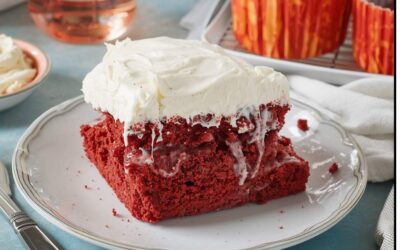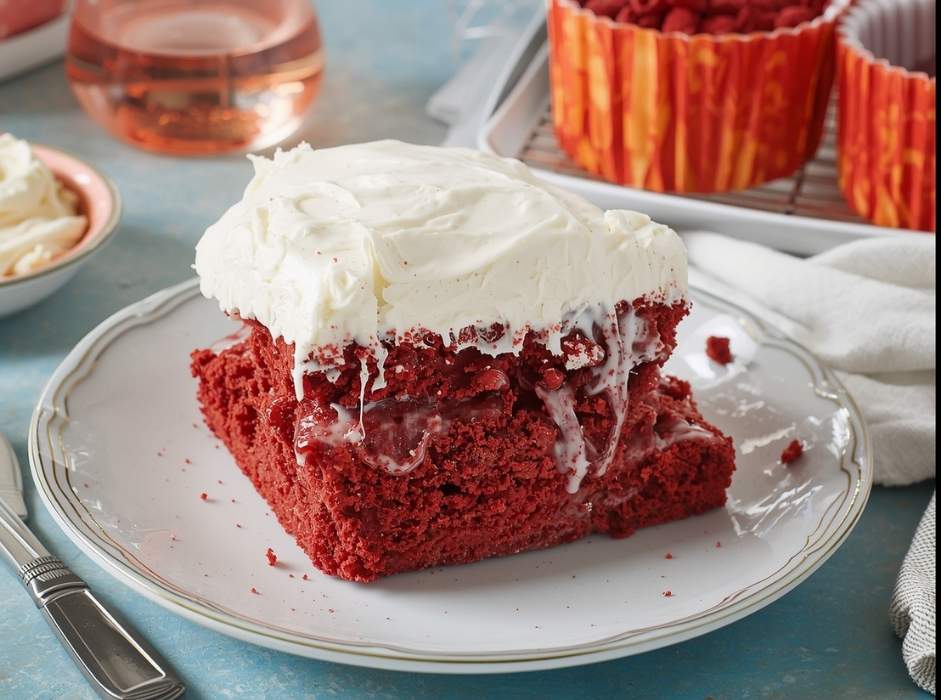Nothing transforms a simple cake into a show-stopping dessert quite like a perfectly smooth, tangy-sweet cream cheese frosting. Betty Crocker’s approach to this beloved frosting has helped home bakers create countless memorable treats for decades. Whether you’re frosting a classic red velvet cake, topping fresh cinnamon rolls, or adding the finishing touch to carrot cake, mastering cream cheese frosting will elevate your baking game.
This comprehensive guide covers everything you need to know about making Betty Crocker-style cream cheese frosting, from essential ingredients and techniques to troubleshooting common problems. You’ll discover tips for achieving the perfect consistency, flavor variations to try, and storage methods that keep your frosting fresh and spreadable.
What Makes Betty Crocker Cream Cheese Frosting Special
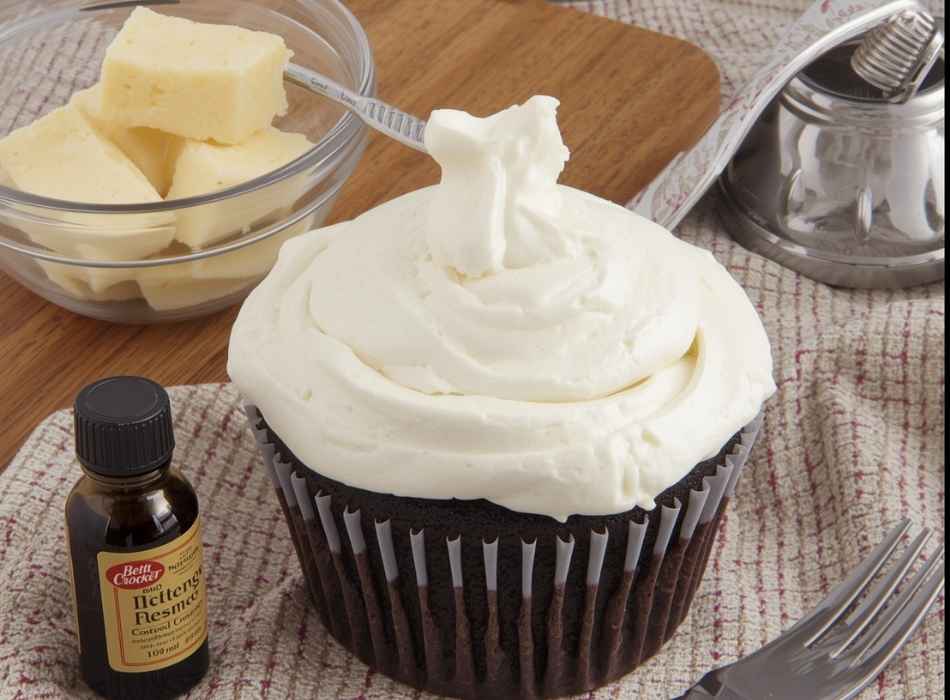
Betty Crocker’s cream cheese frosting recipe has earned its reputation through simplicity and reliability. The classic formula combines cream cheese, butter, powdered sugar, and vanilla extract in proportions that create a frosting with the ideal balance of tangy and sweet flavors.
The key to this frosting’s success lies in its straightforward approach. Unlike more complex buttercream recipes that require specific temperatures or lengthy mixing times, Betty Crocker cream cheese frosting comes together quickly with basic ingredients most bakers already have on hand.
The texture strikes the perfect middle ground—thick enough to hold its shape when piped, yet smooth enough to spread effortlessly across cake layers. This versatility makes it suitable for both casual family desserts and more elaborate celebration cakes.
Essential Ingredients for Perfect Results

Creating exceptional cream cheese frosting starts with selecting quality ingredients. Each component plays a crucial role in the final texture and flavor.
Cream Cheese: Use full-fat, block-style cream cheese rather than the spreadable variety in tubs. Block cream cheese contains less moisture and provides better structure. Always bring it to room temperature before mixing—cold cream cheese creates lumps that are difficult to eliminate.
Butter: Unsalted butter gives you better control over the frosting’s flavor profile. Like the cream cheese, butter should be softened to room temperature for smooth blending. Cold butter will create an uneven texture, while overly warm butter can make the frosting too loose.
Powdered Sugar: Also called confectioner’s sugar, this ingredient sweetens the frosting while providing body. Sift the powdered sugar if it appears lumpy to prevent grittiness in your finished frosting.
Vanilla Extract: Pure vanilla extract delivers superior flavor compared to imitation vanilla. Start with the amount specified in your recipe, then taste and adjust as desired.
Step-by-Step Instructions
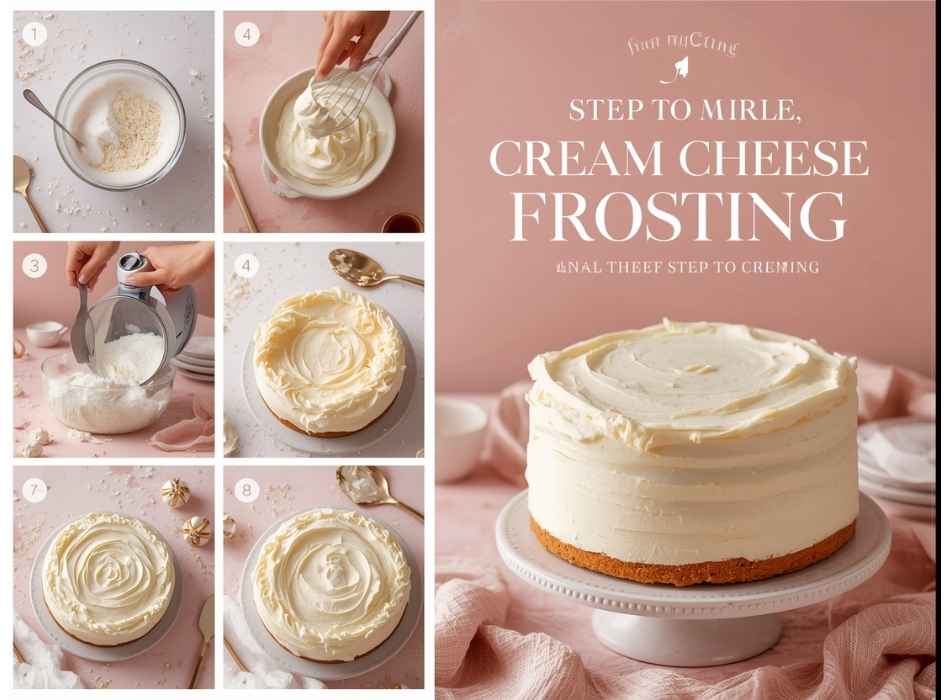
Follow these detailed steps to create smooth, professional-quality cream cheese frosting every time.
Preparation Phase
Remove cream cheese and butter from the refrigerator 1-2 hours before you plan to make the frosting. Both ingredients should feel soft when gently pressed but not warm or melty. If you’re short on time, cut the cream cheese and butter into smaller pieces to speed the softening process.
Measure your powdered sugar and sift it if necessary. Have your vanilla extract and any additional flavorings ready to add.
Mixing Process
Start by beating the softened cream cheese in a large bowl using an electric mixer on medium speed. Beat for 2-3 minutes until the cream cheese becomes light and fluffy. Scrape down the sides of the bowl as needed to ensure even mixing.
Add the softened butter and continue beating on medium speed for another 2-3 minutes. The mixture should be completely smooth with no visible lumps of cream cheese or butter.
Reduce the mixer speed to low and gradually add the powdered sugar, about one cup at a time. This prevents sugar clouds from coating your kitchen. Once all the sugar is incorporated, increase the speed to medium and beat for 1-2 minutes.
Add vanilla extract and beat briefly to combine. Taste and adjust sweetness or vanilla as desired.
Achieving the Perfect Consistency
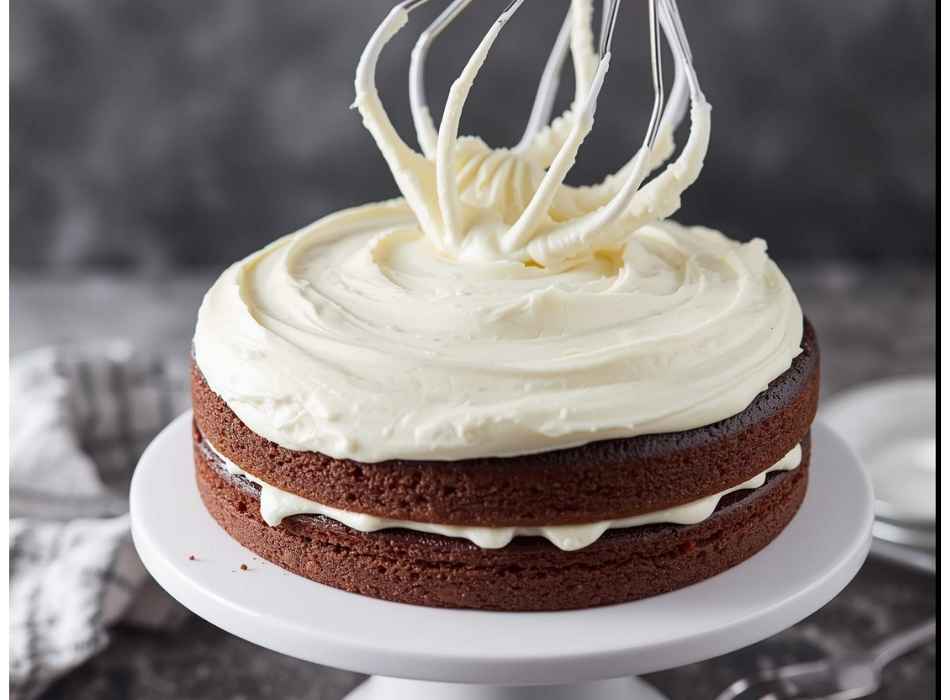
The ideal cream cheese frosting should hold soft peaks when the beaters are lifted, but spread smoothly without tearing the cake surface. Several factors influence consistency, and minor adjustments can make a big difference.
If your frosting appears too thick, add cream cheese or a small amount of milk, one tablespoon at a time, beating after each addition. Avoid adding too much liquid at once, as this can make the frosting too thin.
For frosting that seems too thin or loose, gradually beat in additional powdered sugar until you reach the desired consistency. Alternatively, chill the frosting for 15-30 minutes to help it firm up naturally.
Temperature plays a significant role in frosting consistency. If your kitchen is particularly warm, the frosting may seem softer than usual. Refrigerating it briefly can help restore the proper texture.
Flavor Variations and Additions

While classic vanilla cream cheese frosting is delicious on its own, simple additions can create exciting new flavors that complement different cakes and desserts.
Lemon Cream Cheese Frosting: Add 2-3 tablespoons of fresh lemon juice and one tablespoon of lemon zest for a bright, citrusy twist that pairs beautifully with vanilla or lemon cake.
Chocolate Cream Cheese Frosting: Incorporate 1/4 to 1/3 cup of unsweetened cocoa powder, sifted, for a rich chocolate flavor that’s perfect with red velvet or chocolate cake.
Cinnamon Cream Cheese Frosting: Mix in 1-2 teaspoons of ground cinnamon for a warm spice that complements carrot cake, spice cake, or cinnamon rolls.
Orange Cream Cheese Frosting: Use orange zest and orange juice instead of lemon for a different citrus profile that works well with chocolate or spice cakes.
Troubleshooting Common Problems

Even experienced bakers occasionally encounter issues with cream cheese frosting. Understanding common problems and their solutions helps ensure consistent results.
Lumpy Frosting: Usually caused by cold ingredients. If you notice lumps, continue beating the frosting—many small lumps will disappear with additional mixing. For stubborn lumps, strain the frosting through a fine-mesh sieve.
Too Sweet: Balance overly sweet frosting by adding a small amount of cream cheese or a pinch of salt. Lemon juice can also help cut through excessive sweetness.
Runny Consistency: Often results from warm ingredients or over-mixing. Chill the frosting for 20-30 minutes, then re-whip briefly. If it’s still too thin, gradually add more powdered sugar.
Grainy Texture: Typically caused by unsifted powdered sugar or under-mixing. Continue beating the frosting until smooth, or start over with properly sifted sugar.
Storage and Make-Ahead Tips
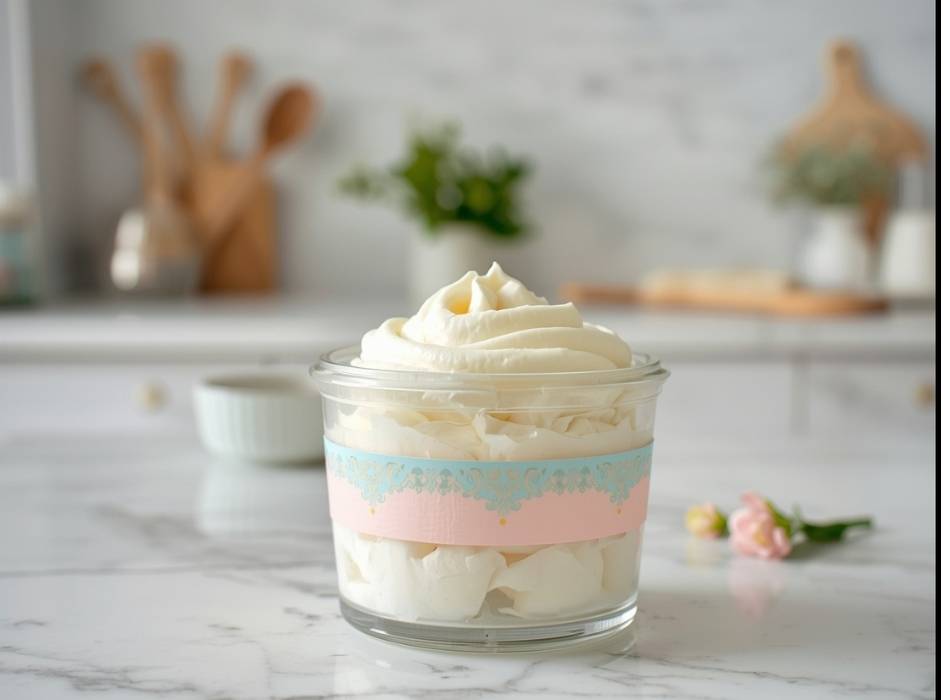
Proper storage keeps cream cheese frosting fresh and maintains its ideal consistency for several days.
Refrigerate frosted cakes and leftover frosting in airtight containers. The frosting will firm up in the refrigerator but returns to spreading consistency after sitting at room temperature for 30-60 minutes.
For more extended storage, cream cheese frosting freezes well for up to three months. Thaw frozen frosting in the refrigerator overnight, then let it come to room temperature before re-whipping to restore its smooth texture.
You can make cream cheese frosting up to three days before using it. Store it in the refrigerator and bring it to room temperature before using. A brief re-whipping often helps restore the perfect consistency.
Taking Your Frosting to the Next Level
Once you’ve mastered the basic Betty Crocker cream cheese frosting recipe, you can explore more advanced techniques and applications.
Consider using the frosting for piping decorative borders, flowers, or writing on cakes. It’s stable consistency holds shapes well while remaining smooth enough for easy piping.
Layer the frosting between cake layers for extra indulgence, or use it as a filling for cupcakes by creating a small well in the center of each cupcake and piping in the frosting.
For special occasions, tint portions of the frosting with food coloring to create multicolored designs or match party themes.










